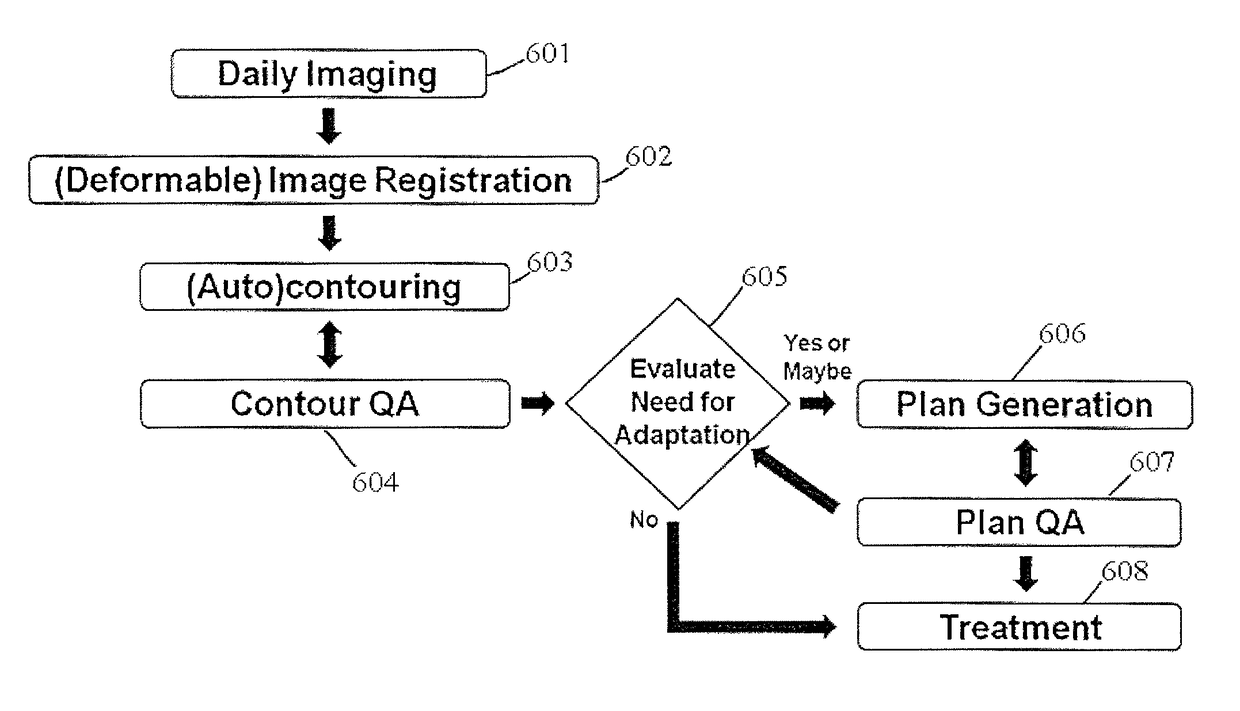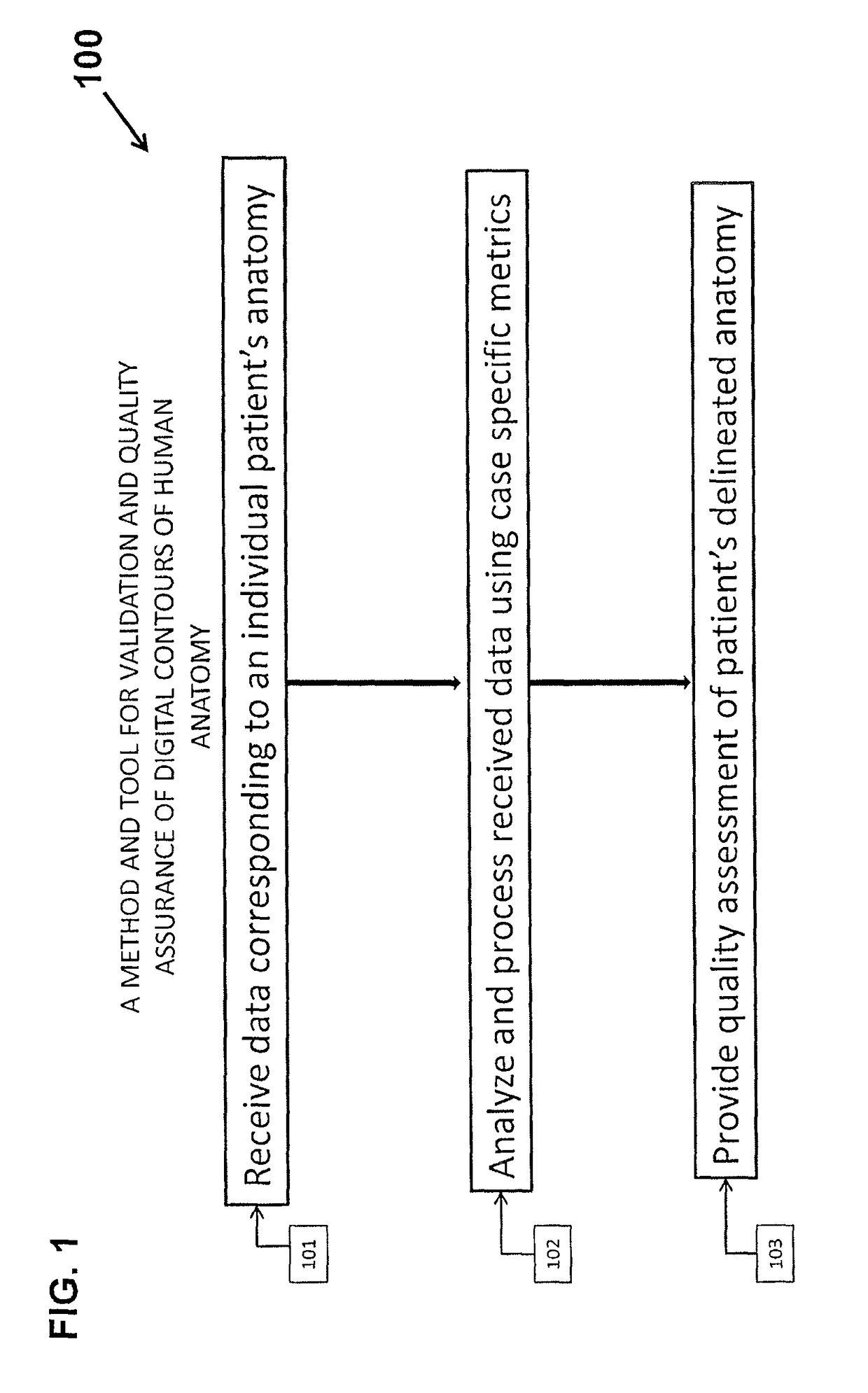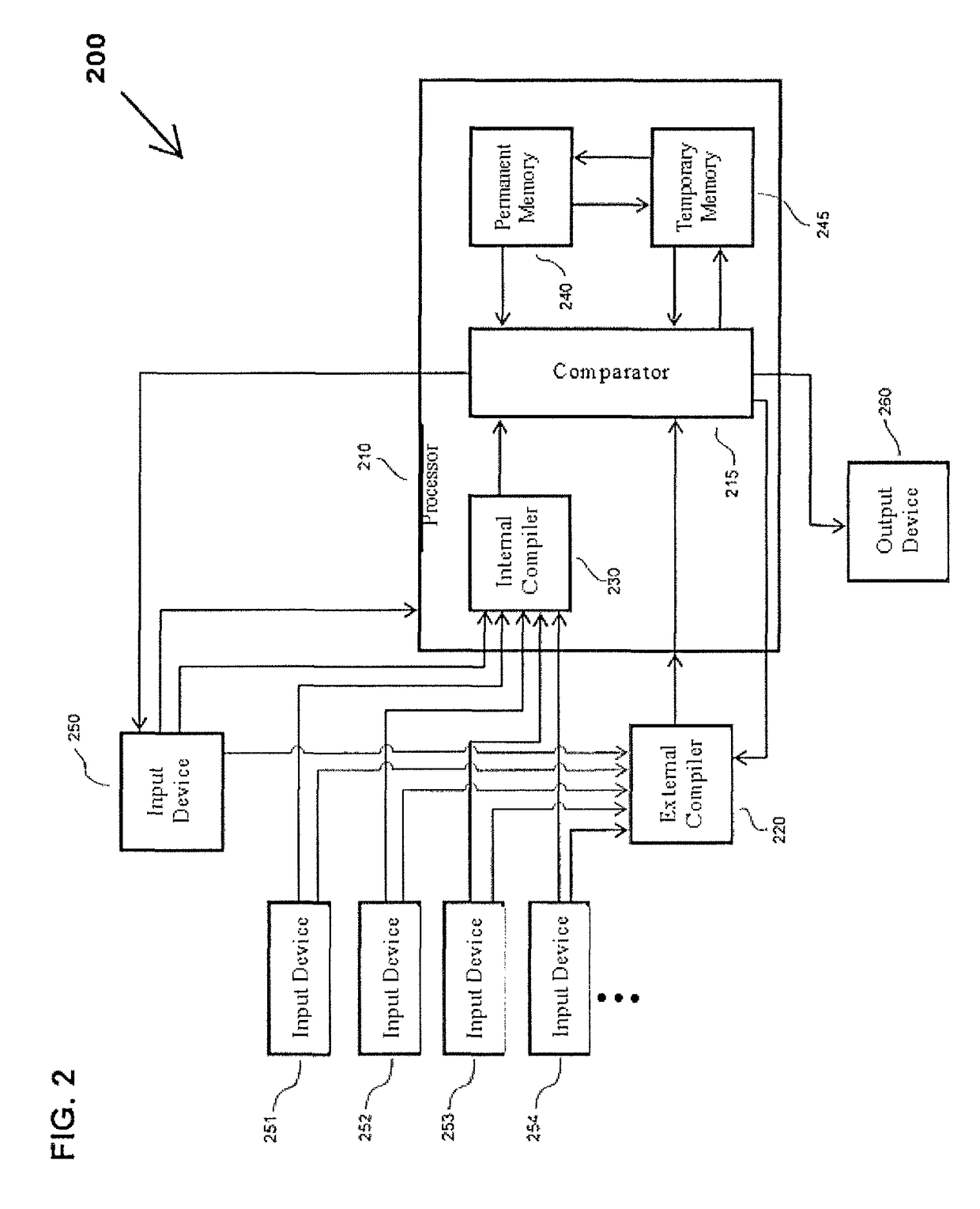System and method for the validation and quality assurance of computerized contours of human anatomy
a computerized contour and validation system technology, applied in the field of automatic quality control of computerized representations of human anatomy, can solve the problems of manual evaluation, prone to errors in the anatomy delineation process, and ranging from negligible to catastrophic within medical procedures
- Summary
- Abstract
- Description
- Claims
- Application Information
AI Technical Summary
Benefits of technology
Problems solved by technology
Method used
Image
Examples
Embodiment Construction
[0029]The following disclosure discusses the present invention with reference to the examples shown in the accompanying drawings, and illustrates examples of the invention though does not limit the invention to those examples.
[0030]The present invention relates to automated quality control of computerized representations of human anatomy and methods of performing such quality control. In particular, the present invention relates to an apparatus and method for assessing the validity and quality of delineated anatomies in computerized patient imaging. The system and method of use are discussed in greater detail below.
The Contour Validating System
[0031]FIG. 2 illustrates a system 200 for use in performing the processes 100 and 300. The system 200 includes a processor 210 for receiving input data, either in the form of a completely compiled data set, or in the form of individual data packets, which may subsequently be compiled into a data set. The processor 210 may include an internal c...
PUM
 Login to View More
Login to View More Abstract
Description
Claims
Application Information
 Login to View More
Login to View More - R&D
- Intellectual Property
- Life Sciences
- Materials
- Tech Scout
- Unparalleled Data Quality
- Higher Quality Content
- 60% Fewer Hallucinations
Browse by: Latest US Patents, China's latest patents, Technical Efficacy Thesaurus, Application Domain, Technology Topic, Popular Technical Reports.
© 2025 PatSnap. All rights reserved.Legal|Privacy policy|Modern Slavery Act Transparency Statement|Sitemap|About US| Contact US: help@patsnap.com



